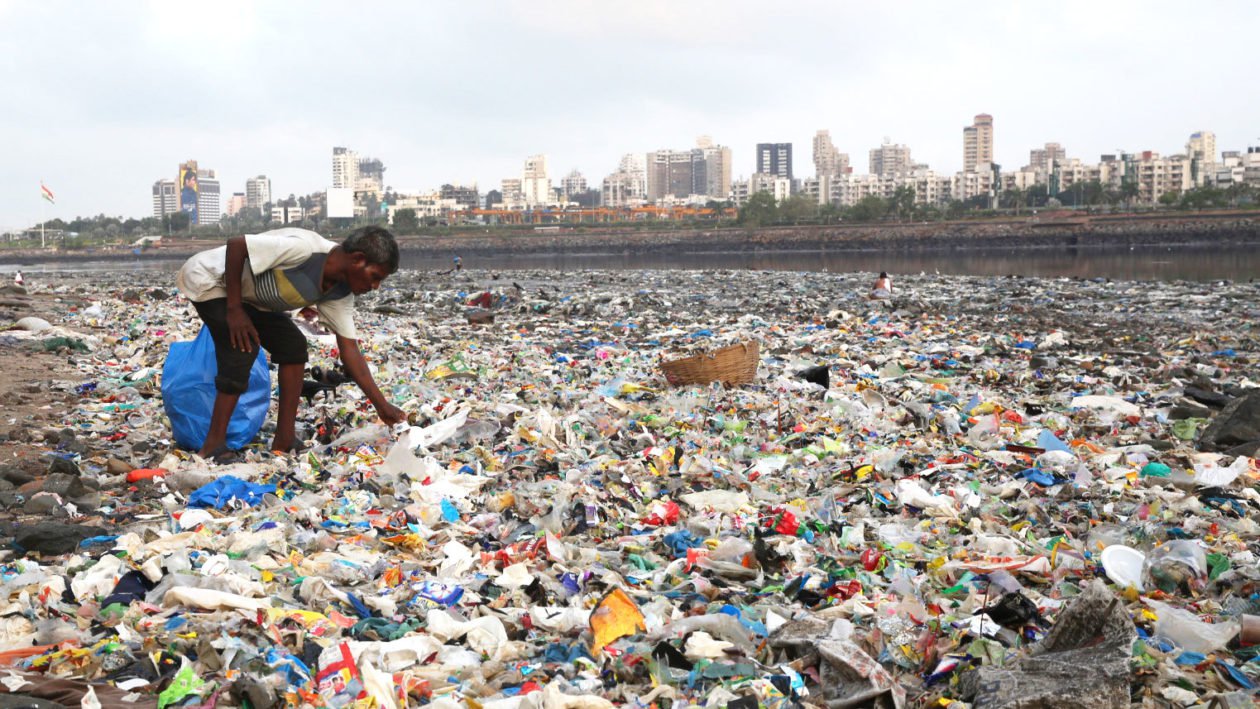We all know that a fair swag of the Pacific Ocean’s floating plastic waste emanates from Asia including China and India. Their waste plastic is growing unchecked at our expense, as the ramifications of their pollution are being used by politicians to inflict ‘Green’ policies that include banning supermarket plastic bags.
Our virtue signalling government’s ‘group think’ is that by banning single-use plastic bags it will ultimately result in people using reusable bags. Their argument is that this reduction in plastic used will have a positive impact on the environment.
However, a February 2018 report from Denmark’s Ministry of Environment Environmental Protection Agency entitled “Life Cycle Assessment of grocery carrier bags – Project Number 1985” challenges this ‘conventional wisdom’ which compares the total impact of plastic bags to their reusable counterparts.
Question. Which is the carrier bag providing the lowest environmental impacts?
Answer. In general, with regards to production and disposal, LDPE carrier bags, which are the bags that are always available for purchase in Danish supermarkets, are the carriers providing the overall lowest environmental impacts for most environmental indicators (Table III).
In particular, LDPE carrier bags with rigid handle provided in general the lowest environmental impacts in the majority of the impact categories included in this LCA study.
Carrier bags alternatives that can provide a similar performance are unbleached paper and biopolymer bags, but for a lower number of environmental indicators. Heavier carrier bags, such as PP, PET, polyester, bleached paper and textile bags need to be reused multiple times in order to lower their environmental production cost.
Between the same bag types, woven PP carrier bags provided lower impacts than non-woven PP bags, unbleached paper resulted more preferable than bleached paper, and conventional cotton over organic cotton.
Life Cycle Assessment of grocery carrier bags Environmental Project no. 1985 February 2018 page 17.
Not surprisingly, the Danes found that alternatives to plastic bags came with significant negative environmental impacts; for example,
- A paper bag replacement needed to be reused 43 times to have the same total impact.
- A conventional cotton bag alternative needed to be reused over 7100 times to equal a plastic bag,
- while an organic cotton bag had to be reused 20000 times.
We know from common sense consumer usage patterns that the likelihood of a paper, cotton or organic cotton bag being reused in such a way is incredibly small. This was confirmed by the UK government’s own life cycle assessment, which concluded that these ‘alternatives’ have a significantly higher total impact on the environment.

